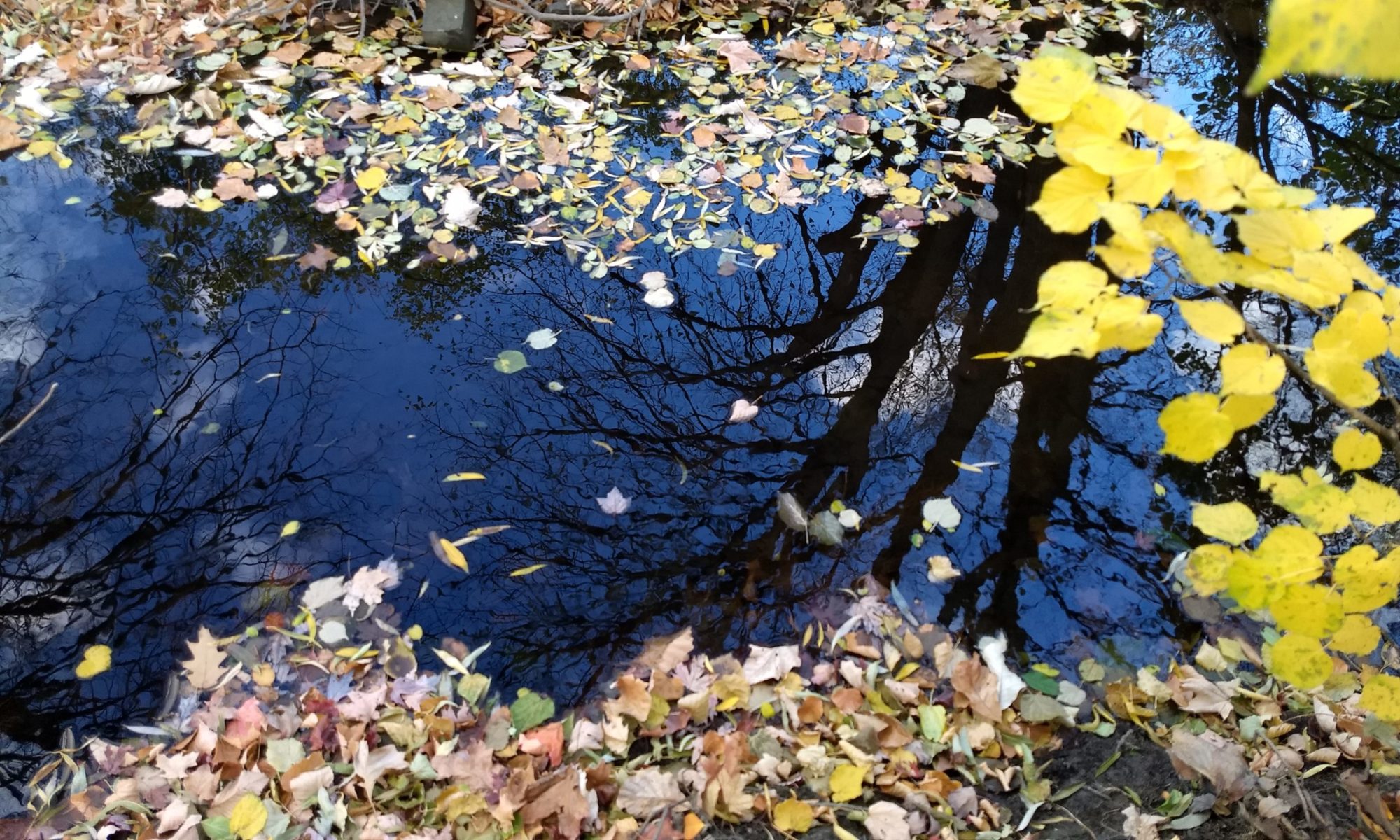
On Saturday, March 19, I had the opportunity to visit another Illinois cattle farm. Illinois cattle farms are not as large as the ranches out west, and they are mostly family farms. This farm tour was the perfect complement to the two cattle tours I have already attended, first to a cattle finishing farm and then to a dairy farm. This third tour was where it all begins in beef production: a cow/calf farm.
Sara Prescott was on our bus for the ride from Arlington Heights to Sandwich, Illinois, talking about her experience running a cow/calf operation of about 100 beef cows. The cow/calf farm is where it all begins in beef production. The Prescott farm breeds cows to have calves, which they sell to cattle finishing farms, and from these farms the grown calves are sold for beef.

Prescott Angus & Simmental
Sara isn’t able to walk out of her farmhouse to take care of her cattle. She lives with her husband and three children in town, and their cattle live on farmland rented from various landowners. One farm is a twenty minute drive from her house, the other is 45 minutes away. For a farmer, Sara spends a lot of time commuting!
Since her husband also works full time at a cattle feed company, Sara takes on a lot of responsibility for the cattle. During a typical day, she drops her two daughters off at school and takes her little boy with her to check on the cattle farms. They are lucky to be able to hire someone to help feed and check on their cattle at their farm near Lincoln, Illinois. Their cattle live outdoors year round. They own about 5 bulls to breed with their cows, which is done naturally (without artificial insemination). The cows are bred to have calves that are small in size, and so the cow usually has no difficulty giving birth to her calf. First time mothers sometimes need help bonding with their calf. Sara pays close attention to these cows who are about to give birth for the first time. She wants to see the cow get up and lick the calf right after it is born, to know that the calf is her baby. The calf should stand up about 15 minutes after it is born to nurse.
The calves drink their mothers’ milk for about 6 months. When they are 3 months old, they are introduced to solid food, so that the weaning process is easier for them. After the calves are weaned, they are sold to a finishing farm, where they grow and gain weight before they are sold for beef production.
Adams Farm
We got off the bus at the Adams farm near Sandwich, Illinois. The Adams family have been raising beef cattle for almost 60 years, along with raising crops. Their herd has 59 beef cows. Alan Adams used to think that he didn’t need to communicate with consumers. He was content to raise beef cattle as his family had been doing for years without taking the time to connect with moms like us. He changed his mind, however, and has taken a very active role in the City Moms program as he realized the importance of connecting with consumers. He took the time to talk with us about breeding, antibiotics, hormones and manure management on that Saturday morning.

Unlike Sara, Alan does live on his farm in close proximity to his cattle. The Adams family has several barns, and the cattle live in the barns during the winter. Around May 1, they are let out to pasture. The cows spend the summer grazing in the pastures with their calves beside them. While the Adams do lease some land, they also own much of their farmland. They use two bulls to breed their cows, and to breed their heifers (first time mothers-to-be), they use artificial insemination. Just as Sara does, they make sure to breed the cows to have smaller calves so that calving goes smoothly.
While farming may look a little different when comparing Sara’s farms to Alan’s, they also have many things in common. They are both caring farmers who have a love for livestock and take care of their animals’ needs to provide quality beef to consumers like you and me.
You can find out more about the Adams Farm here: Meet the Farmers: Alan and Joann Adams
Sara has written a wonderful article about the humane care of animals, along with other information about Prescott Farms. Read all about it here: Raising Families, Food and Awareness.

Transportation, lunch, and childcare expenses were provided by the Illinois Farm Families and the Agricultural Support Association. No other compensation was received for the writing of this post.








